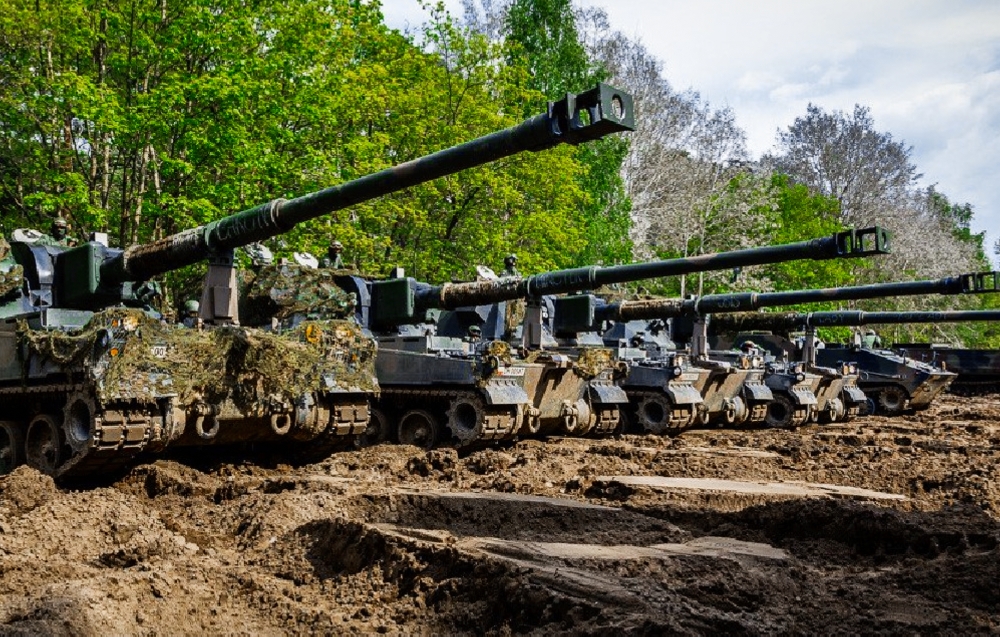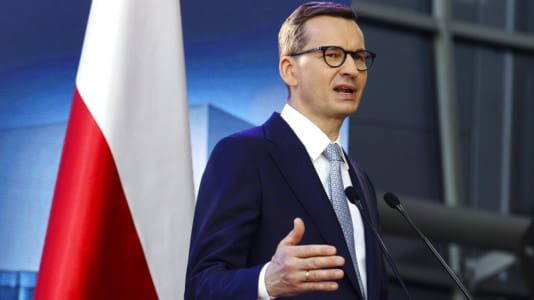Poland’s weapons deal to send Krab howitzers to Ukraine may just be the beginning of a long-term cooperation.
“This will bring our cooperation to a new level and allow for producing modern types of weaponry,” said Ukrainian Prime Minister Denys Shmyhal, following last-week’s intergovernmental consultations in Kyiv attended by Polish Prime Minister Mateusz Morawiecki.
Shmyhal was referring to defense cooperation agreements, with unofficial rumors claiming that a Polish-Ukrainian arms enterprise will be established, which could be the entity responsible for producing modern types of weaponry.
Last week, Poland signed a contract for the sale of three Krab howitzer squadrons to Ukraine, which are produced by Huta Stalowa Wola (HSW), a part of Polish Armaments Group S.A. The deal, valued at €655 million (3 billion Polish zloty) is the biggest export contract for the Polish arms industry in decades.
The Krabs could be a sort of introduction to the Polish arms industry, a kind of appetizer served before the main course.
On one hand, the deal forecasts an intensive collaboration with the Ukrainians in the defense sector, which was de facto much more developed in Ukraine. Ukrainians are famous not only for their air manufacturing enterprises but also, for instance, for their advanced rocket technologies and the Kharkiv Tank Factory that was active prior to the war. Poland could only dream of achieving the same extent of independent production.
Although Ukrainian industry has suffered greatly from Russia’s aggression, some portion of the machinery and most likely the entirety of the documentation and knowledge that goes into production were preserved. Maybe, in cooperation with Polish companies, that production could be restored.
On the other hand, Krabs are an example of international cooperation in the Polish arms industry — something that, up until recently, was a rarity. Part of the Krab howitzer is based on the K9 chassis made by Koreans, and the Polish ministry of defense wants to further expand this cooperation as well, probably involving the production of K2 tanks and the purchase of infantry fighting vehicles from Korea.
Whether it is better to get access to foreign equipment more quickly or wait for domestic production a little longer is a complicated question to answer.
Apart from tightening cooperation with Kyiv and Seoul, the alignment of Warsaw and London can also be observed in the past months. This has been demonstrated, for instance, by the signing of a deal for British Babcock International to construct three frigates and cooperation with MBDA in the anti-aircraft Narew program. Thanks to the latter, Poland will gain the ability to produce missiles, which has been one of the Polish defense industry’s many weak spots for years.





